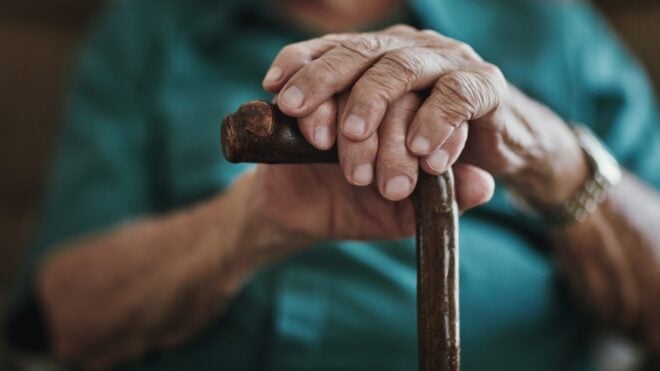At over 2,000 years old, it's no surprise that Paris has many skeletons in its closet — or in this case, its supermarkets.
For over two centuries, this building has concealed a chilling piece of French history. Deep below its lovely walls, buried within its stone basement, lays a pile of human remains — 200 humans, to be exact.
Although the causes of death are unknown, and the method of burial is perplexing, researchers have a few theories behind this mass grave.
What is now the Monoprix grocery store was once the site of a 12th-century hospital and its adjoining cemetery. During the hospital's operation — spanning 600 years — plague and smallpox ravaged the city of Paris. In an attempt to control the rapidly spreading diseases, bodies were often hastily disposed of, usually in mass graves such as this.
Thus far, researchers have found eight mass graves. Seven of them contain the remains of twenty individuals, but the eighth contains more than 150 bodies buried in several layers.
These photos, perhaps a bit shocking to some, capture a very important and once-lost piece of history. As research and preservation begin, these lost souls will finally be given the honor they deserve.
Please be sure to watch the video at the end, and SHARE if you enjoy history as much as I do!
Looking to do some renovations to their old building, the owners of this Monoprix supermarket called in a group of archeologists to give them the go-ahead on construction.
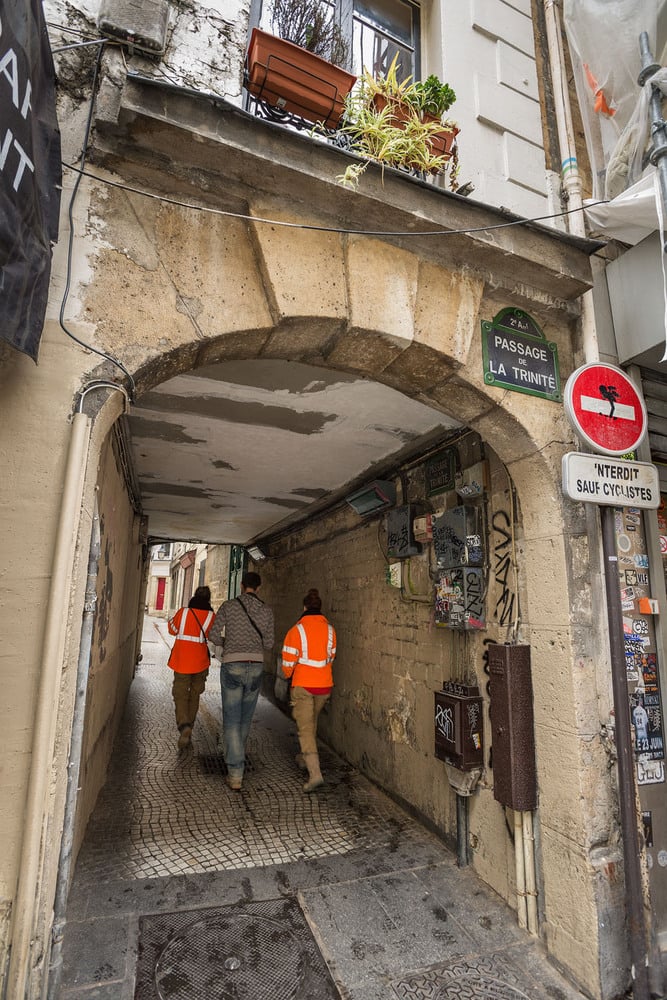
But researchers were not prepared for the chilling discovery they unearthed.
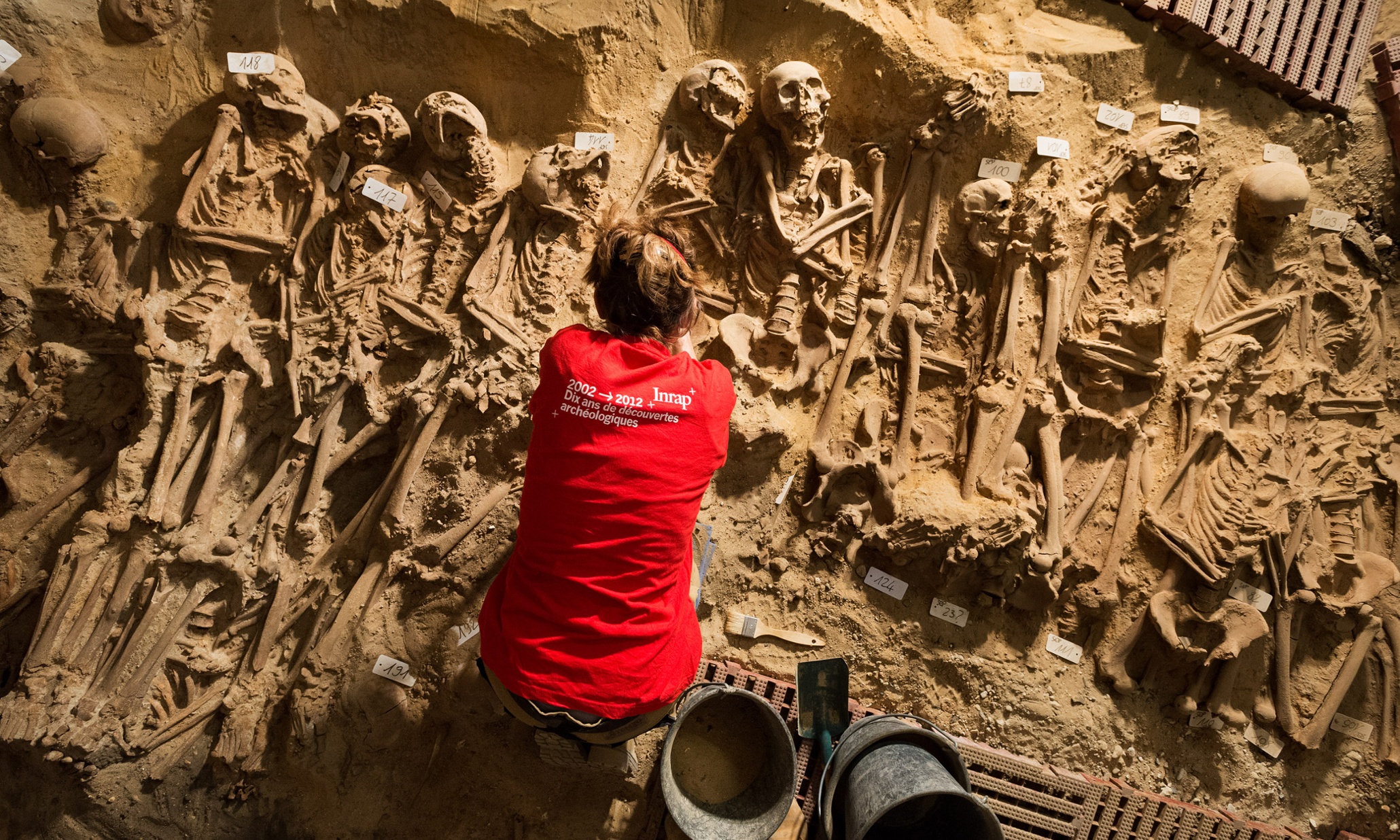
Unbeknownst to locals, the grocery store concealed a dark piece of Paris' past. Is that hole in the ceiling perhaps a chute for the dead bodies?
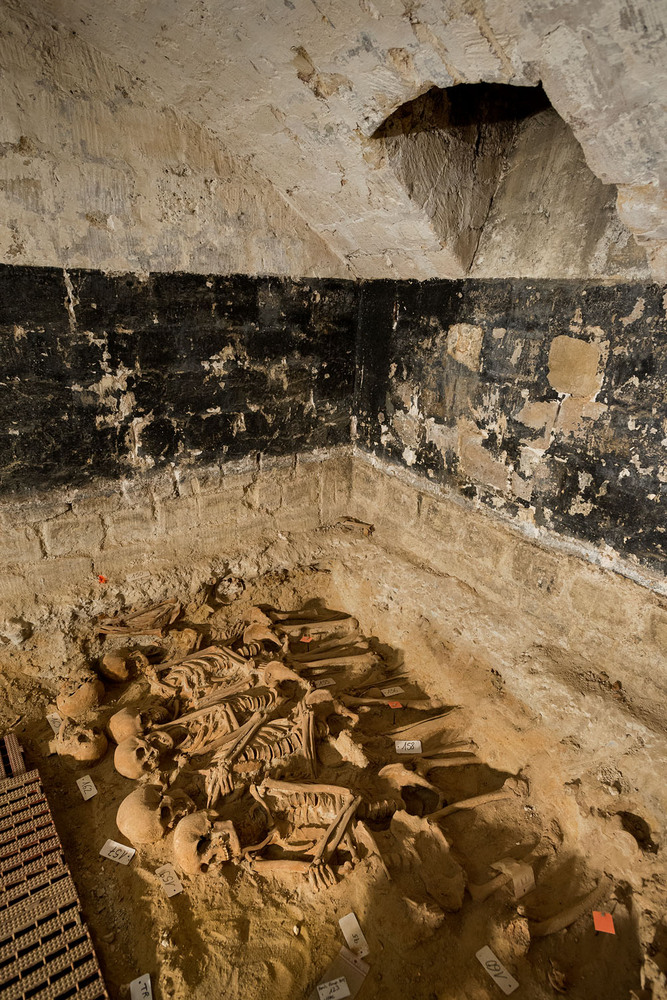
From the outside, you would never expect this beautiful building to contain such haunting remains. But once a medieval hospital and cemetery, this location is rich in history.
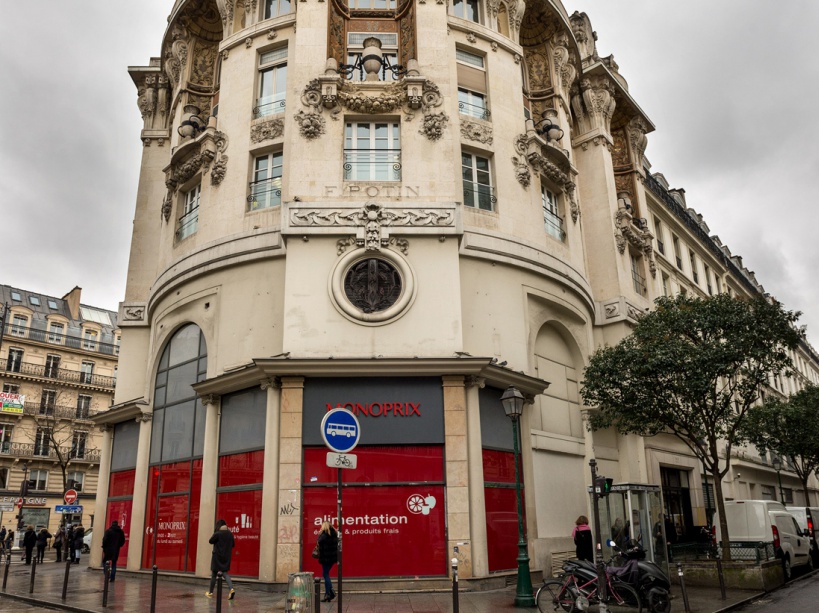
With the help of carbon dating and DNA testing, researchers hope to explain why so many men, women, and children were buried in these mass graves.
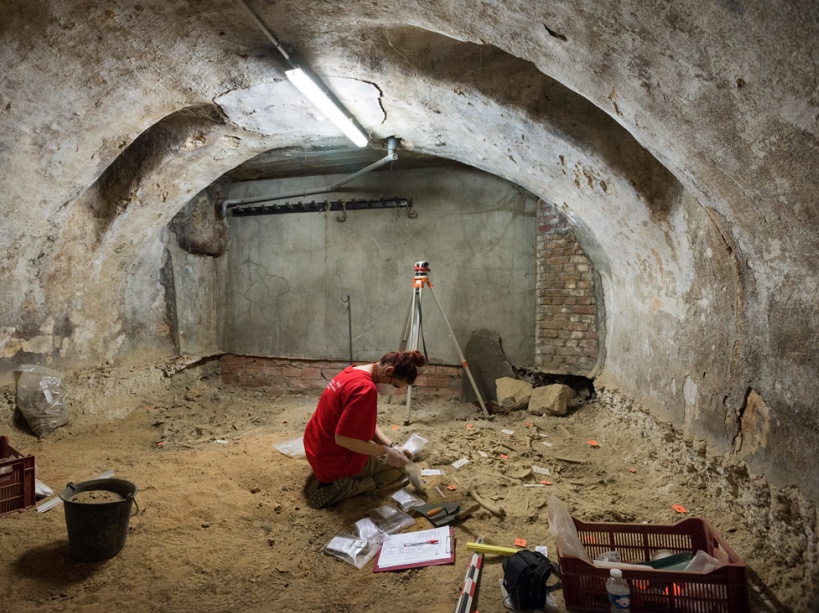
Researchers theorize they were victims of the plague, which killed around 800 Parisians a day from 1348–1349.
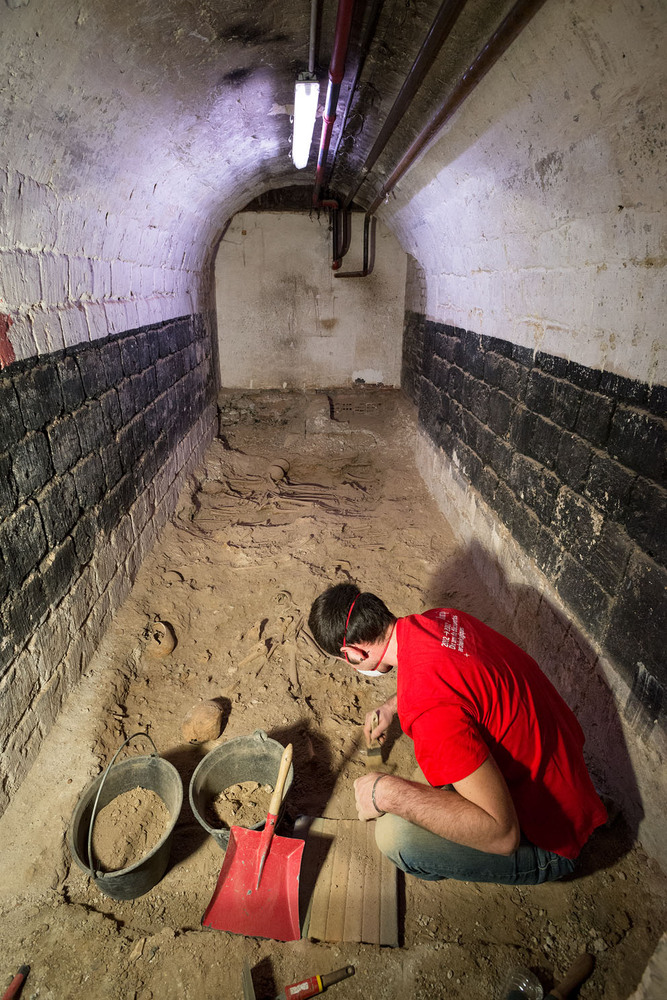
It's estimated that 200,000,000 Europeans died from the plague, also called the "Black Death."
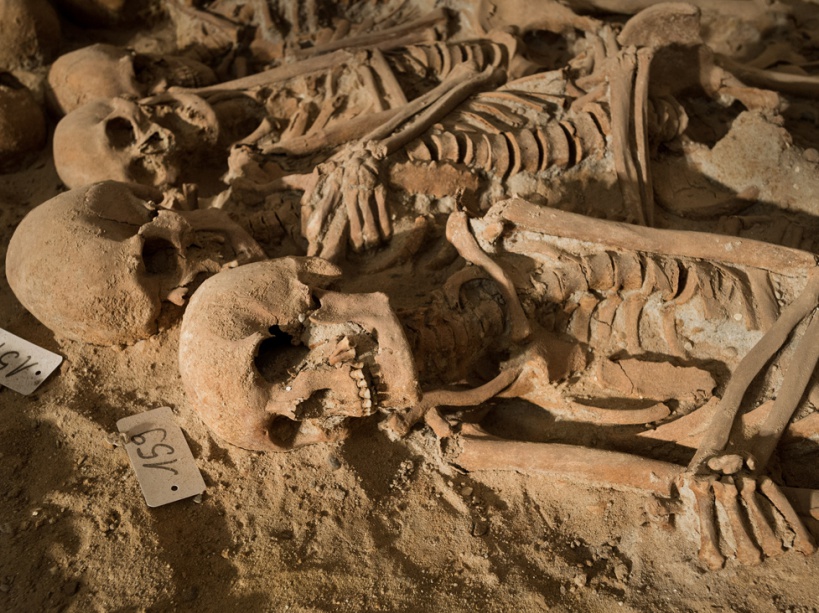
Since the cause of the plague was unknown, little could be done to thwart its spread or treat its victims. It was believed that drinking wine and being lighthearted would fend off the terrifying disease, as fear was believed to be unhealthy.
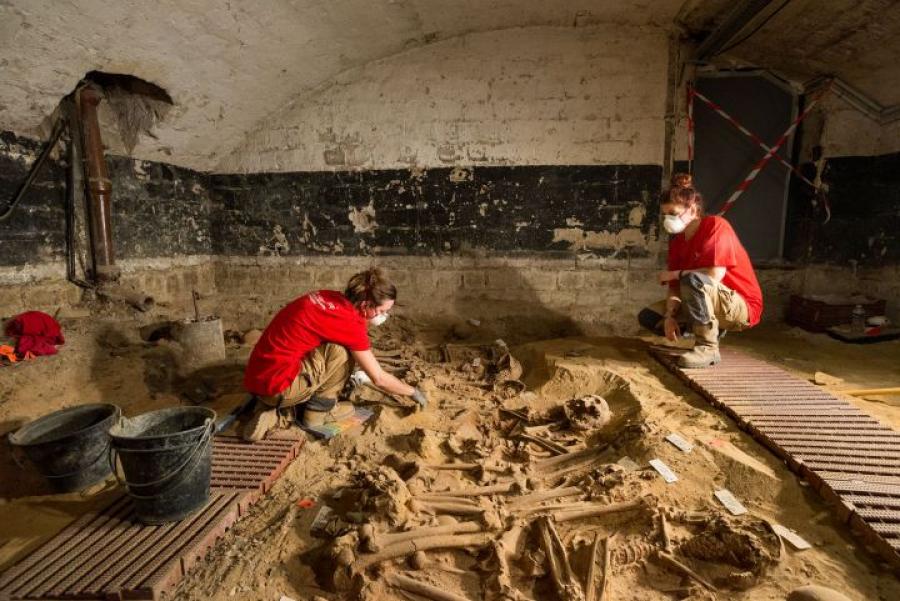
Smallpox was another epidemic that devastated Parisians. It's estimated that this disease claimed 400,000 European lives per year.
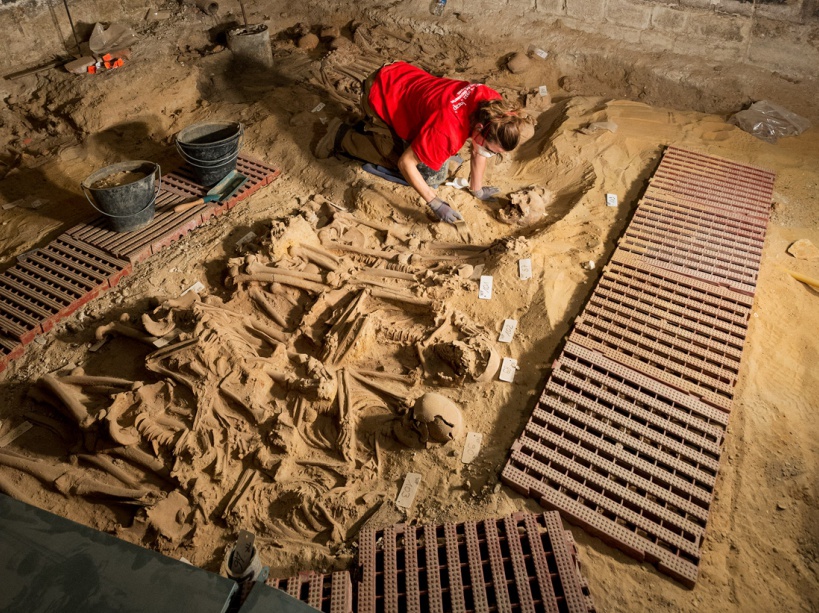
At the close of the 1700s, many bodies were moved from this medieval cemetery to the Paris Catacombs, which house the bones of six million people.
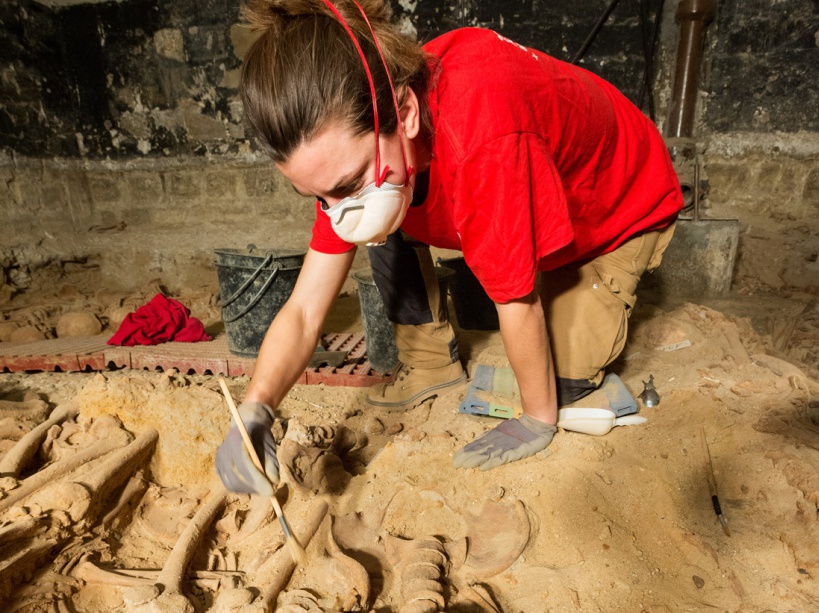
Researchers are unsure if these mass graves were intentionally left undisturbed, or if they were somehow missed.
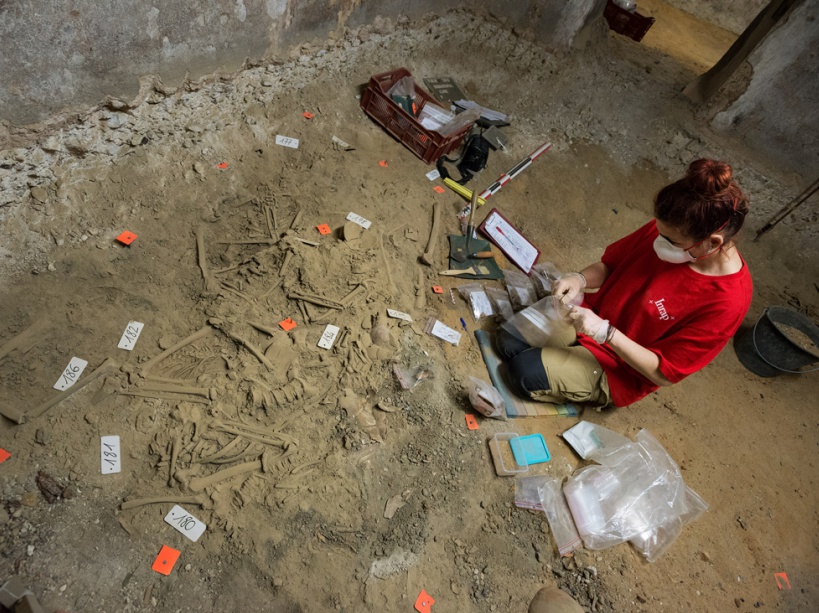
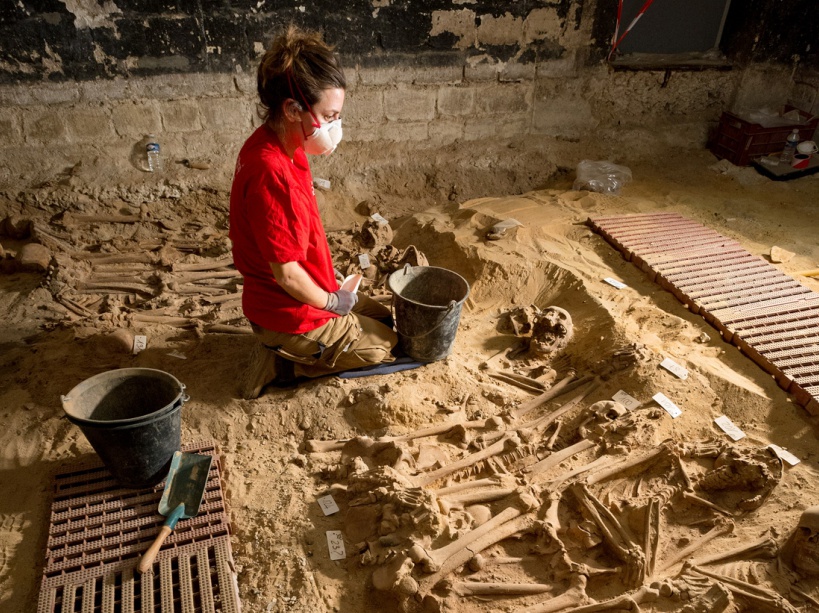
Regardless, these remains will now be tested and cared to. But who knows what other mysteries still lurk beneath the beautiful City of Lights? As one Monoprix customer remarked, “It’s rather a bizarre thought. Still, there’s all sorts of odd things buried under Paris.”
It's something to think about next time you're grocery shopping.
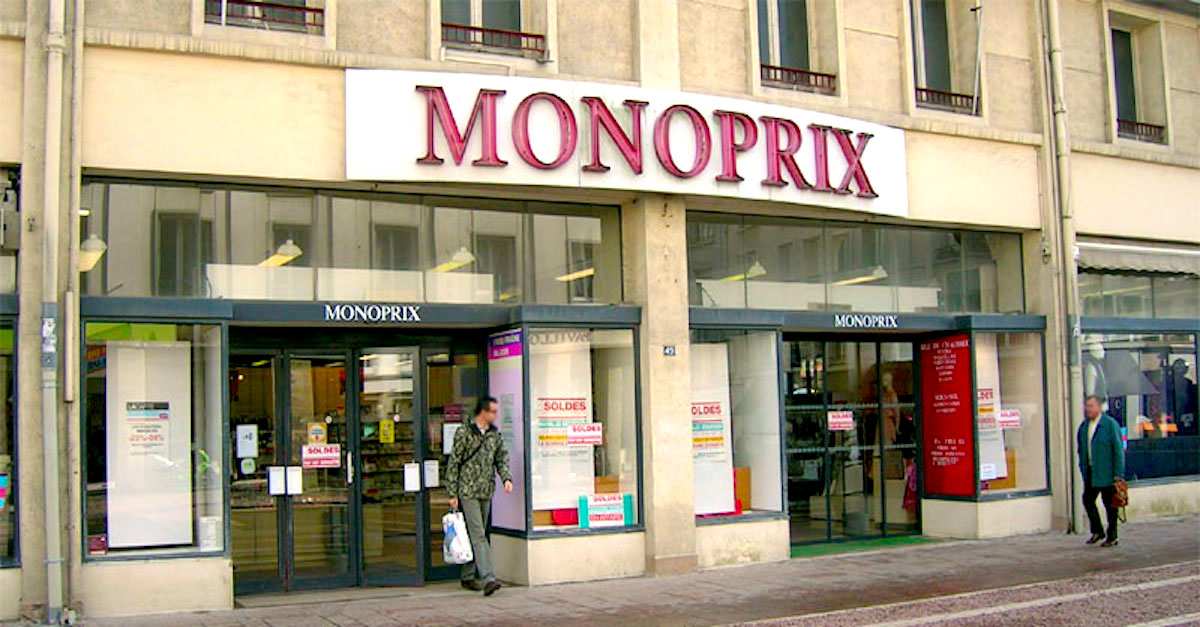
Please SHARE if you enjoyed this haunting piece of history!



